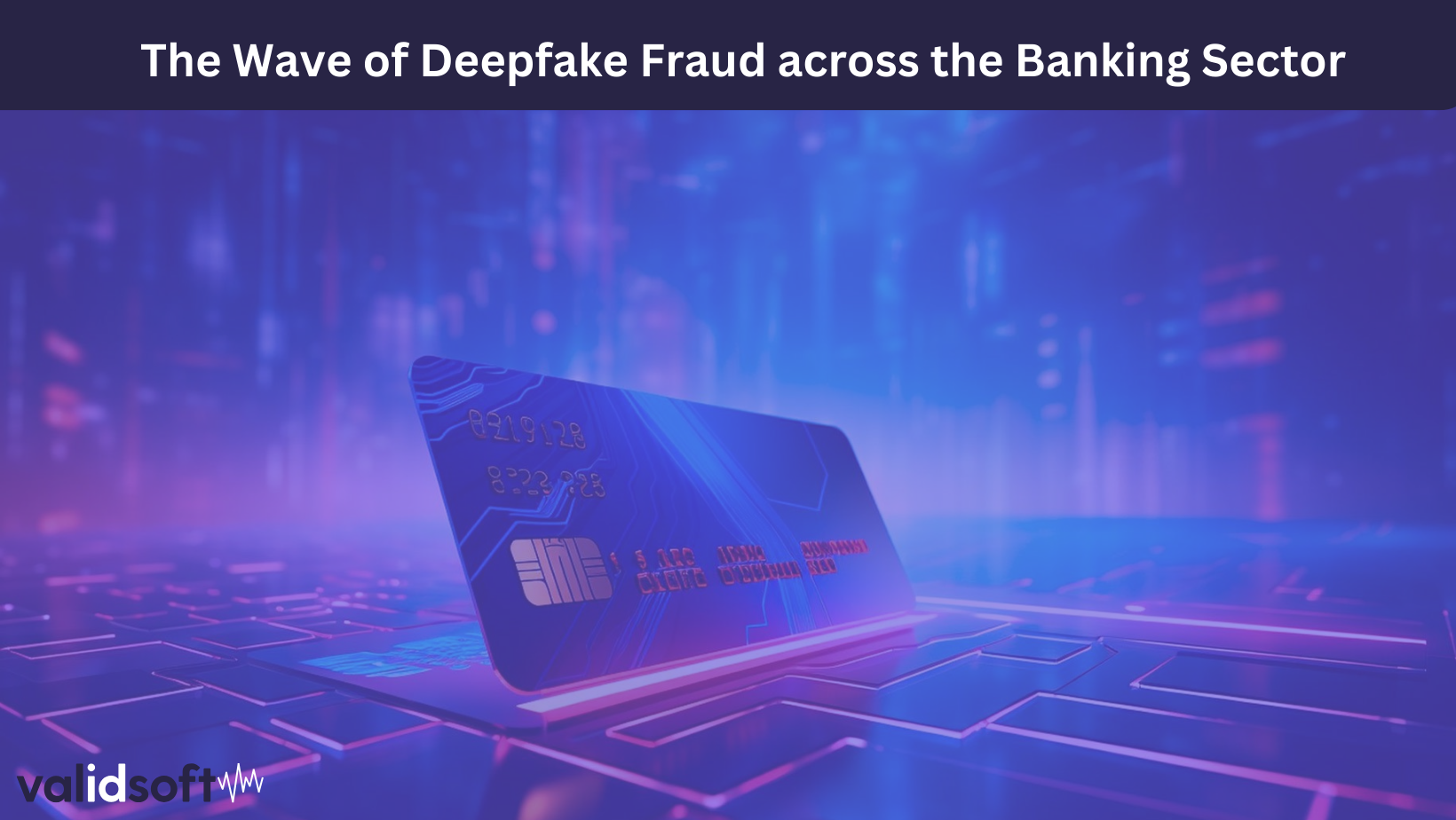The recent article in the Financial Times around UK banks not just preparing for a deepfake fraud wave, but already seeing deepfakes being used against banks. This should come as no surprise to anyone who has been following the rise of generative AI in the form of deepfakes and their potential impact on financial services.
Understanding Deepfake Fraud: From KYC Failures to Card Payment Scams
Examples cited in the article of deepfakes being used against banks include fake videos being used in Know Your Customer (KYC) processes to fraudulently open bank accounts and apply for credit cards. Another was for deepfake videos used as clickbait to direct traffic to fake sites for the purpose of collecting card payment details.
Interestingly, the techniques that were mentioned in trying to combat these deepfake frauds were downstream solutions, i.e., processes that attempt to stop losses from occurring rather than preventing the deepfake impersonation from being successful in the first place.
Financial Deepfake Fraud: Downstream Solutions
In the examples cited, AI screening tools and pattern recognition technology deployed at the point of funds transfers, are forms of behavioral biometrics aimed at detecting payments being made by an impersonator who is already in the system and has managed to bypass the initial authentication process.
Proactive Prevention: ValidSoft’s Approach to Thwarting Deepfake Impersonations
ValidSoft believes the most effective way to prevent deepfake fraud is a detect and prevent strategy, i.e. identify the deepfake in the initial contact and prevent the impersonation from occurring. In the KYC example cited, the audio component from deepfake videos can be analyzed in real time for synthetically created audio. Our Voice Verity™ solution can analyze audio from any channel to determine whether it was created by a human or a machine.
Also, the successful harvesting of card details through deepfake video redirections, or any means, whilst difficult to detect and stop, should not necessarily result in losses, provided proper forms of strong authentication are applied when Card Not Present (CNP) transactions are performed. ValidSoft technology enables the easiest to use, but strongest form of authentication at the point of any transaction being consummated, including CNP transactions, to non-repudiation and data immutability level.
Securing Transactions: Advanced Authentication
So, whilst there is fear of increasingly sophisticated generative AI to create voice deepfakes, it’s actually AI and speech-based technologies that are at the forefront of detecting deepfakes, whether voice alone or voice combined with deepfake video.
ValidSoft has been working on synthetic voice detection for many years, well before the term ‘deepfake’ was even coined, and these capabilities are based on years of experience and research in speech science, signal processing, and voice biometrics and are based on complex machine learning, AI, and large-scale Deep Neural Network (DNN) techniques.
Why Banks Must Adopt Advanced Deepfake Defence Strategies
So, while agreeing that deepfake attacks against UK banks will increase, defensive technology from ValidSoft exists today and should form part of every bank or enterprise’s defences. We are in a never-ending cyber war with the bad actors and deepfakes are just the next iteration in their armoury. The market can take comfort in knowing that ValidSoft continues to invest heavily in R&D and counter techniques to ensure that we continue to lead the world in generative AI audio detection and prevention technologies.



